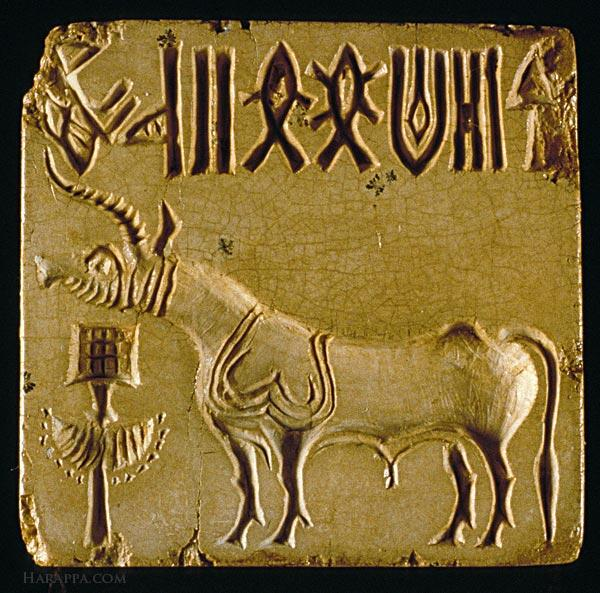-
Q. Discuss the significance of the Indus Valley Civilization in shaping the cultural, economic, and social life of ancient India. (250 Words)
18 Mar, 2024 GS Paper 1 Indian Heritage & CultureApproach
- Begin the answer by introducing the Indus Valley Civilization (IVC).
- Discuss the significance of the IVC during ancient times.
- Analyze the relevance of IVC in shaping the cultural, economic, and social life of Ancient India.
- Conclude Suitably.
Introduction
The Indus Valley Civilization, also known as the Harappan Civilization, was one of the oldest urban civilizations in ancient India. It flourished in the Indus River basin, spanning present-day Pakistan, northwest India, and parts of Afghanistan and Iran. Lasting from around 3300 BCE to 1300 BCE, the civilization played a crucial role in shaping the cultural, economic, and social life of ancient India.
Body
Cultural Significance:
- Urban Planning:
- The IVC boasted meticulously planned cities like Mohenjo-Daro and Harappa, featuring well-laid out streets, drainage systems, and advanced water management techniques.
- Such planning set precedents for subsequent urban settlements in India.
- Script and Communication:
- The presence of the Indus script suggests a developed system of communication.
- While its decipherment remains elusive, it underscores the civilization's advancement in language and writing.
- Artifacts and Artistry:
- Artefacts like seals, pottery, and figurines reveal a rich artistic tradition, depicting animals, human figures, and intricate patterns.
- This artistic legacy reflects the civilization's aesthetic sensibilities and cultural depth.
- Religion and Rituals:
- Archaeological findings indicate a belief system centered around deities, ritual practices, and ceremonial sites.
- The presence of fire altars and figurines, such as Mother Goddess and Pashupati Seals, possibly signifies religious rituals, offering insights into ancient Indian spirituality.
Economic Significance:
- Trade Networks:
- The IVC had extensive trade links with regions like Mesopotamia, Central Asia, and the Arabian Peninsula, evidenced by the discovery of goods such as beads, ceramics, and metals. This trade facilitated cultural exchanges and economic prosperity.
- Agricultural Practices:
- The fertile plains of the Indus River supported agriculture, with evidence of wheat, barley, and cotton cultivation.
- Advanced irrigation systems enabled efficient agricultural production, contributing to the civilization's economic stability.
- Craftsmanship and Industry:
- Skilled craftsmanship is evident in the production of pottery, metalwork, and textiles.
- Specialized industries like bead-making and metallurgy flourished, showcasing the civilization's economic diversity and technological prowess.
- Standardized Weights and Measures:
- Discoveries of standardized weights and measures suggest a regulated system of trade and commerce.
- Such uniformity indicates a well-organized economic structure, facilitating commercial activities within and beyond the civilization's borders.
Social Significance:
- Urban Society:
- The presence of planned cities suggests a structured urban society with governance systems, public infrastructure, and social hierarchies.
- This organized urban life fostered a sense of community and civic responsibility among the inhabitants.
- Gender Roles:
- Artifacts depict gender-specific roles, with depictions of male and female figurines engaged in various activities.
- While men were associated with hunting and warfare, women were likely involved in domestic chores and craft production, reflecting societal norms of the time.
- Burial Practices:
- Burial sites reveal insights into social stratification, with variations in burial practices indicating differences in social status.
- The presence of grave goods suggests belief in an afterlife and societal distinctions based on wealth and status.
Conclusion
The Indus Valley Civilization stands as a testament to the ingenuity and achievements of ancient Indian civilization. Its cultural, economic, and social significance transcends time, shaping the trajectory of Indian history and influencing subsequent developments in the subcontinent.
To get PDF version, Please click on "Print PDF" button.
Print PDF






